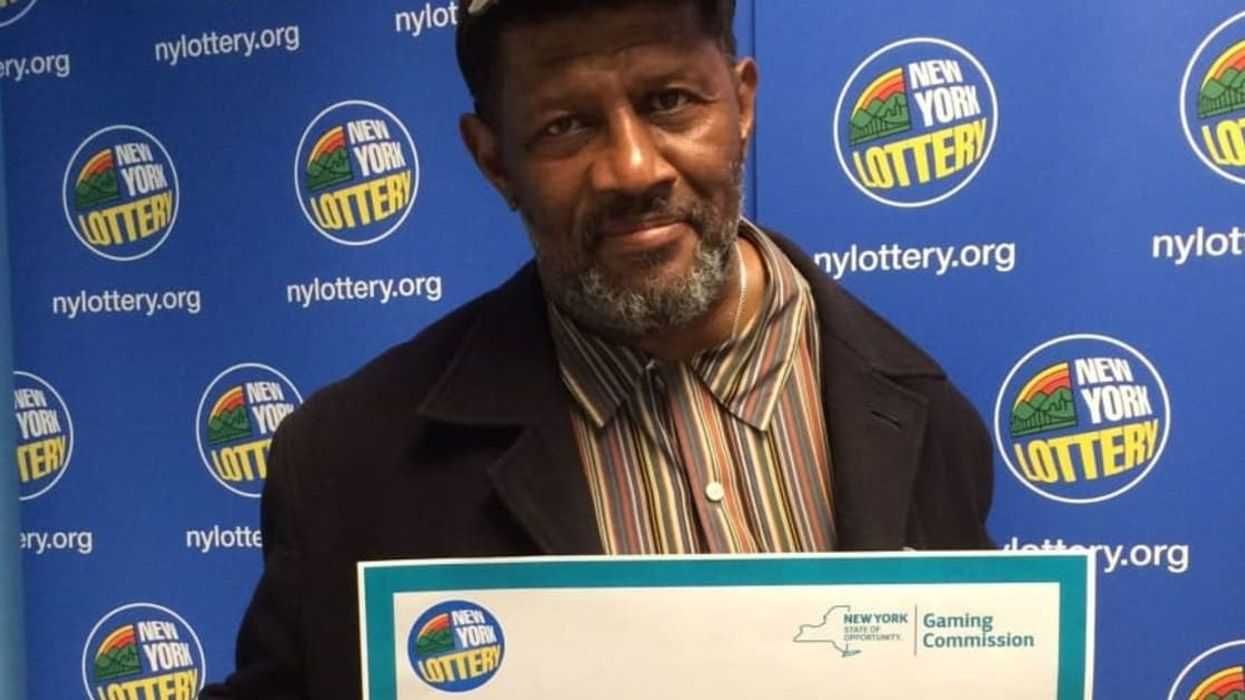In New York City recently, when the government announced the details of its bike share plan, the city collectively whined. An annual membership, which will cost $95, was too expensive. The fees for trips that ran over 45 minutes were too expensive. The whole idea was too expensive.
True, New York’s bike share is more expensive than other systems like it. But it's be cheaper than owning a bike, which costs just over $300 in annual upkeep, according to the Transportation Research Board. And it’s nothing compared to the $7,000 or so that a car sucks up each year. Because cars are so pricey, Americans who are choosing to bike instead of driving are saving huge amounts of money—$4.6 billion, according to the calculations [PDF] of bike-friendly groups.
The Sierra Club, the League of American Bicyclists and the National of Council of La Raza took a look at the costs of each ride in a car and the cost of each ride on a bike. While a ride in a car costs about six times the amount a ride on a bike does, the actual dollar amounts attached to each individual decision are tiny: about sixty cents per mile for a car ride and about ten cents per mile for a bike ride.
But even in this bike-skeptical country, people are taking more than four billion bike rides each year. Since those trips average a little more than two miles, a bike rider only saves a dollar or so for each individual trip. But over time, those savings add up—like brewing coffee at home instead of buying a venti latte from Starbucks every day.
Right now, avid bikers are the ones who are saving the most. But as the groups’ report points out, if all drivers took just one round-trip per week by bike the savings on gas alone would be enormous—more than $7 billion. That’s money we could be spending on vegetables from a farmer’s market, a visit to the doctor, or tickets to the zoo.
And families could use those extra dollars. The New America Foundation has shown how burdensome car ownership has become even for middle class families. And for low-income families, car-related costs can eat up half of the money they take in. Many don’t have a choice about car ownership: This country’s infrastructure has been built up around the dream of the hot-rod automobile. While building bike infrastructure is relatively cheap and most Americans support at least maintaining funding for walking and biking, the government has shown its dedication to car culture. Those decisions are costing would-be bikers money every time they get in the car.
Photo via (cc) Flickr user Benson Kua
Get out of your car and ride your bike in the 2 Mile Challenge. CLIF Bar will donate $1 for every trip you log to bike nonprofits, up to $100,000.
















 Otis knew before they did.
Otis knew before they did.